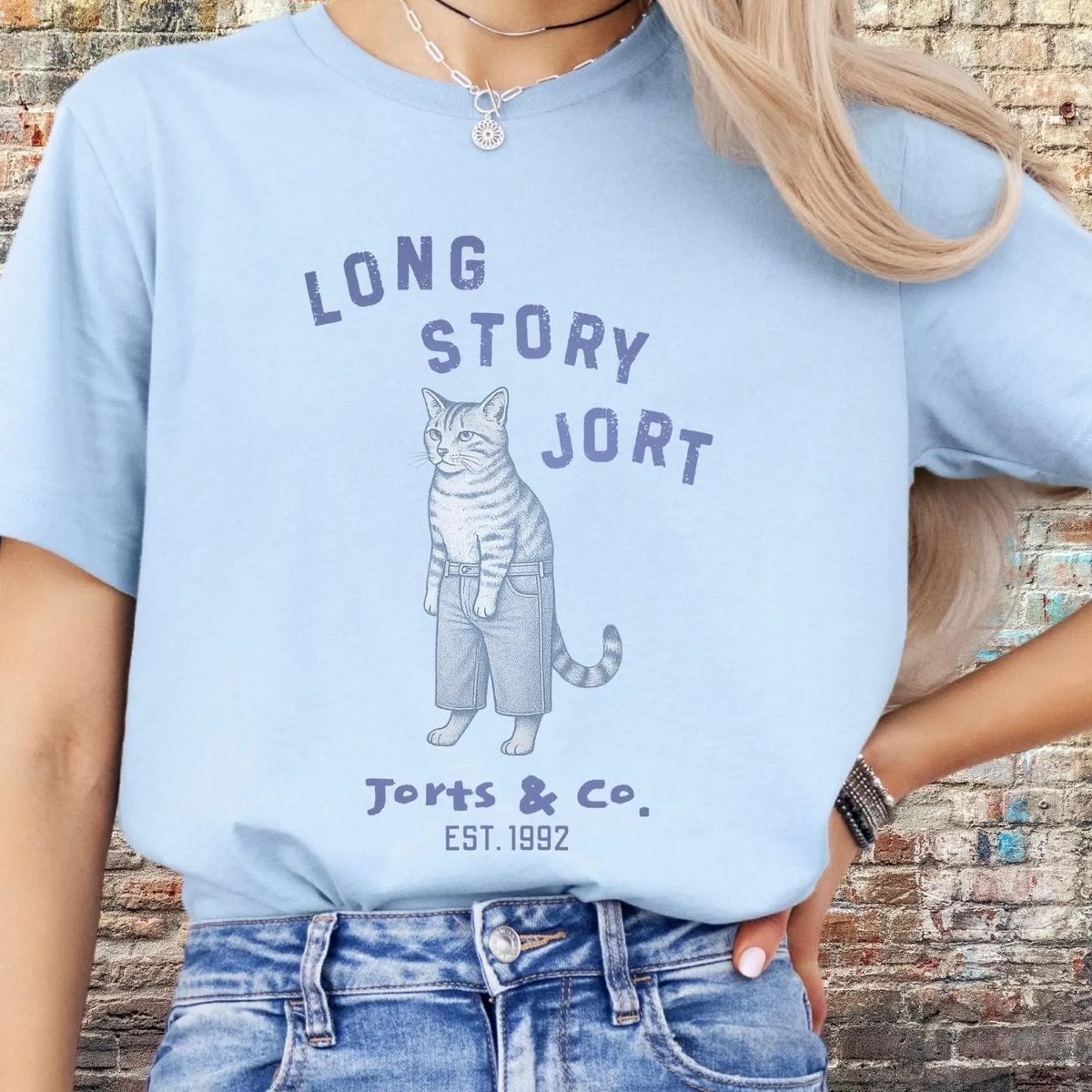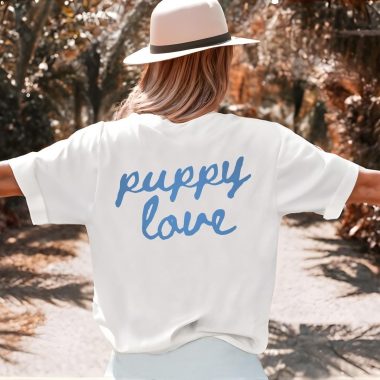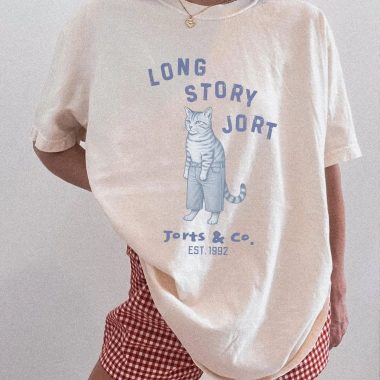Fashion, in its most expansive form, is the constant thread that runs through the tapestry of human existence. It is the quiet witness to history, the loud protest of revolution, the intimate expression of emotion, and the public performance of status, gender, and culture. It exists not only in garments but in gestures, in traditions, in rituals, and in the very essence of how human beings present themselves to the world. Across continents and centuries, from the embroidered silks of ancient dynasties to the 3D-rendered garments of virtual worlds, fashion has continuously evolved, never static, always speaking. It is both a mirror and a map—reflecting society while guiding it forward. In understanding fashion, one does not simply study clothing; one unravels the intricate fabric of civilization itself.
The origins of fashion are inseparable from the birth of human culture. When early humans first covered themselves with furs and woven grasses, it was out of necessity. But even in those earliest acts of protection, there were choices. Certain colors, certain patterns, certain adornments were favored, not only for function but for symbolism. As soon as humans could choose how to clothe themselves, they began to express who they were, where they came from, and what they valued. Long before the first written word or painted cave, fashion became the earliest form of self-definition and communication.
As societies grew more complex, so did their clothing. In the ancient empires of Mesopotamia, Egypt, and the Indus Valley, fashion was used to signify social hierarchy and religious devotion. The priests wore specific headdresses, kings donned robes of gold thread, and commoners dressed in plain, durable materials. Every element—the cut of the cloth, the dye used, the placement of jewelry—had meaning. Fashion functioned as a language: subtle to outsiders, but instantly legible to those within the culture. In Egypt, the difference between a pharaoh and a servant was immediately visible, not only through architecture or ceremony, but through dress. In this way, fashion helped create the very idea of social order and visibility.
The Silk Road, connecting the East and West, stands as one of the most influential fashion conduits in world history. It was not just a trade route for goods, but for aesthetics, philosophies, and technologies. Through the flow of textiles, motifs, and dyes, fashion became global centuries before modern globalization. Chinese silks influenced Roman tunics. Persian embroidery patterns found their way into Italian brocade. Indian cotton revolutionized European tailoring. Cultural exchange through fashion was rarely neutral; it included admiration, appropriation, conflict, and transformation. Yet it proved that clothing could cross borders long before diplomacy did.
The medieval world brought rigid social codes, where clothing became an extension of law. In both Europe and Asia, garments were heavily regulated through sumptuary laws, ensuring that social divisions remained clear and unbreachable. Fashion was not a matter of creativity or choice—it was a declaration of loyalty, modesty, or divine authority. Yet even within these rigid structures, resistance thrived. In the European courts, noblewomen used subtle changes in sleeve width or neckline depth to challenge the church’s control. In Japan, the warrior class developed its own intricate armor and kimono traditions to express values of strength, discipline, and aesthetic refinement. Fashion, even under constraint, never ceased to evolve.
The Renaissance exploded those constraints. It was a rebirth not only of science and art but of personal style. Individualism, once frowned upon, became celebrated. Tailoring reached new levels of complexity. Italian and French noblemen competed for the most opulent garments, while women’s dresses grew into architectural structures with corsets, hoops, and layers of embroidered fabric. Portraits became showcases for fashion, immortalizing trends in oils and pigments. Yet this was not mere vanity. Fashion during the Renaissance became part of a philosophical statement: that human beings were capable of shaping not only their minds but their appearances, and by extension, their destinies.
The rise of colonial empires in the early modern period spread European fashion systems across the world. As France, Britain, and Spain expanded, they brought with them their fabrics, patterns, and dress codes. Colonized peoples were often pressured or forced to abandon traditional clothing in favor of Western attire, which was framed as superior or civilized. Yet in every colonized region, local populations resisted through dress. They continued to wear indigenous garments, often blending them with imposed styles to create new hybrid fashions that spoke of survival and identity. In India, the sari was worn with European-style blouses. In West Africa, traditional boubous were sewn from imported Dutch wax prints. These fusions were not accidents—they were acts of cultural resilience.
The Industrial Revolution revolutionized fashion more than any event before it. Clothing went from being handcrafted to mass-produced. The sewing machine, chemical dyes, and textile factories created the modern concept of ready-to-wear. For the first time, fashion was accessible to the emerging middle class. Department stores replaced tailors, catalogues reached rural homes, and fashion journalism became a booming industry. Yet this accessibility came at a cost. The anonymity of factory labor replaced artisan pride. Women and children worked in brutal conditions to feed the growing appetite for trend-driven garments. Still, even amidst exploitation, fashion thrived, becoming a shared experience that reached across class and geography.
The twentieth century witnessed fashion morph into both a commodity and a cultural weapon. Every decade had its signature style, each shaped by politics, art, and innovation. The 1920s flapper rejected Victorian constraints with loose dresses, bobbed hair, and visible knees. The 1940s wartime aesthetic introduced uniforms into civilian wardrobes, celebrating utility and patriotism. The 1960s and 70s fractured the fashion world into subcultures—mod, hippie, punk, disco, goth—each with its own uniform and ideology. No longer dictated solely by elites or designers, fashion was shaped by youth movements, music, film, and social unrest.
Women’s fashion in particular became a battleground for rights and recognition. The miniskirt, once scandalous, became a symbol of liberation. Trousers for women, once ridiculed, became a norm. Designers like Coco Chanel, Vivienne Westwood, and Rei Kawakubo challenged both aesthetic norms and social boundaries, proving that fashion could be intellectual, radical, and avant-garde. Men’s fashion also evolved, breaking free from rigid masculinity through androgyny, color, and experimentation. Queer fashion, long marginalized, began to enter the mainstream, challenging binary systems and creating inclusive new possibilities.
In the twenty-first century, fashion stands at a crossroads. It is more global, accessible, and diverse than ever before—but also more fraught with contradictions. The same internet that democratized fashion also accelerated its disposability. Fast fashion has led to overconsumption, with billions of garments produced and discarded annually. Social media has turned everyone into a curator of personal style, yet it has also fueled unrealistic beauty standards, algorithm-driven homogeneity, and influencer culture based more on spectacle than substance. At the same time, fashion is awakening to its responsibilities. Sustainability, representation, and ethics are no longer side conversations—they are essential values for the industry’s survival.
Digital fashion is now rewriting the rules altogether. In virtual environments, people wear clothing that defies physical limitations—glowing capes, animated textures, infinite colors. Gaming, NFTs, and augmented reality offer a new frontier where fashion is experienced without waste or gravity. Meanwhile, AI generates designs, predicts trends, and personalizes recommendations with increasing precision. Yet even as technology expands fashion’s reach, the essence of clothing remains deeply human. Whether physical or virtual, garments are still chosen, loved, remembered, and interpreted by people living real, emotional lives.
The power of fashion lies in its ability to synthesize contradiction. It is both intimate and public. It can be shallow or profound, oppressive or liberating, conservative or radical. A garment can be handmade with ancestral techniques or printed by a robot in minutes. A scarf can hide or reveal, celebrate heritage or signal rebellion. Fashion is never just one thing—it is a spectrum of meanings, always in motion, always in dialogue with the wearer and the world around them.
Fashion, then, is not simply about trend—it is about time. It moves with history, adapting and reacting, reflecting and shaping. It is memory and imagination made visible. In each garment is a story: of who made it, who wore it, when, and why. In each wardrobe is a personal archive of choices, moods, and transformations. And in every person who dresses each morning is the silent continuation of an ancient ritual—the ritual of choosing how to be seen, how to feel, how to belong.
In the end, fashion endures not because of its fabrics or colors, but because of its capacity to hold meaning. It is the most visible, wearable form of human expression, an art form that is lived rather than simply observed. As long as people continue to love, mourn, protest, celebrate, and dream, fashion will remain—not on the surface, but at the very center of what it means to be human.



